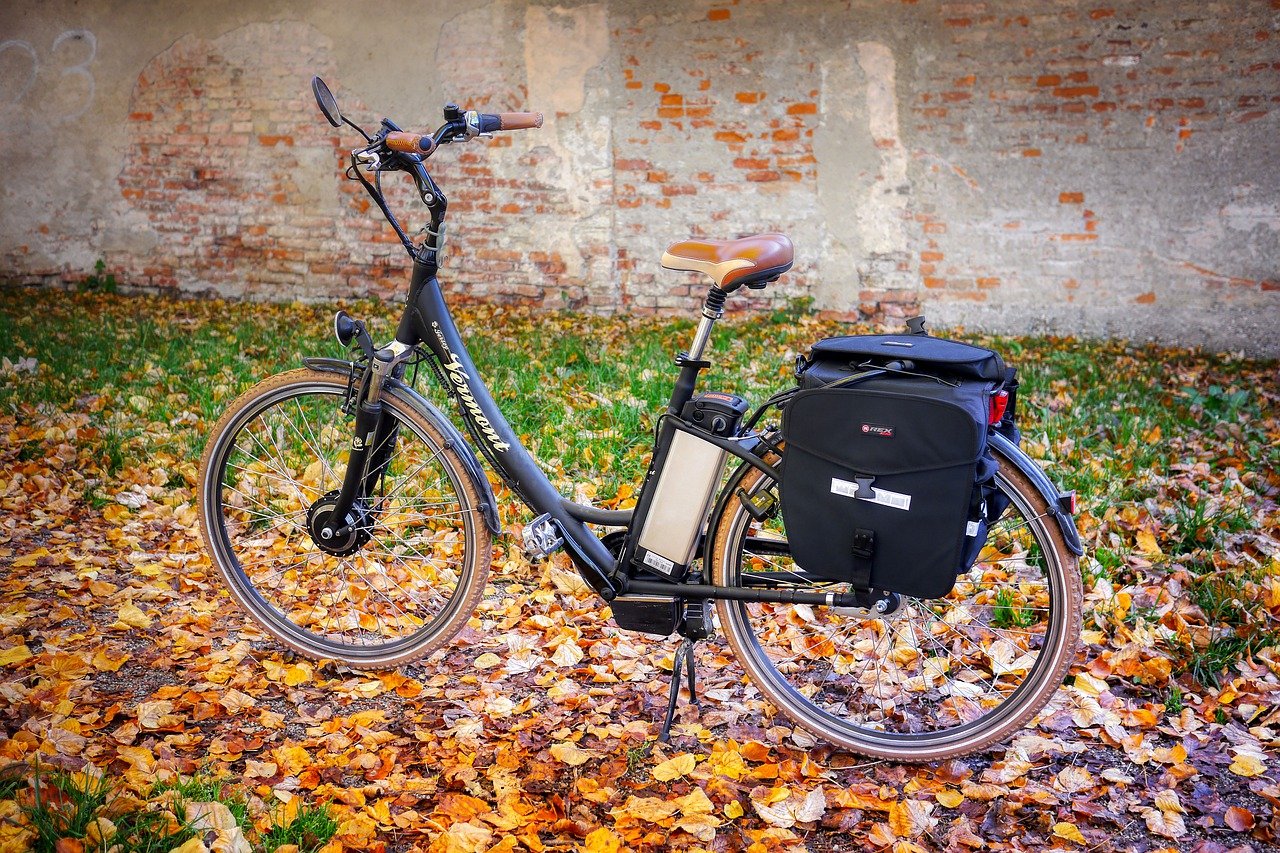Although the output of the manufacturing sector in the U.S. is steadily increasing, the number of people employed in the industry is gradually dropping. This is according to stats taken from the U.S. Bureau of Labor Statistics, and it is expressed in every state since the early 2000s. The stats also reflect an undeniable pressure that is applied in the real economy, as manufacturing jobs are following a downwards trend.
Researchers at “Smartest Dollar” decided to find which metropolitan areas in the United States still have the highest numbers of manufacturing jobs, in an attempt to figure out where the best places for these people to live are. To end up with comparable results, they broke down larger areas and grouped up smaller cities, so the population sizes were on similar levels. Even after that, there are two categories, namely the small metros with population sizes between 100,000 and 349,999, and the midsize metros that have a population ranging between 350,000 and 999,999.
So, without further ado, these are the metro areas that topped the list. Percentages indicate the share of employment in manufacturing.
Small Metros:
- Elkhart-Goshen, IN – 48.2%
- Dalton, GA – 36.1%
- Sheboygan, WI – 36.0%
- Morristown, TN – 26.1%
- Wausau-Weston, WI – 25.3%
Midsize Metros:
- Hickory-Lenoir-Morganton, NC – 27.0%
- Wichita, KS – 18.0%
- Reading, PA – 17.7%
- York-Hanover, PA – 17.0%
- Fort Wayne, IN – 16.7%
In addition to the above findings, ‘Smartest Dollar’ makes a grave prediction about the impact that the COVID-19 pandemic will have on the manufacturing sector. Unfortunately, it is expected to accelerate the trend of increased output and decreased job positions.
This is attributed to a transition to automated production lines, increased production efficiency, and central control solutions. Still though, and in spite of that, manufacturing is expected to recover a lot more rapidly compared to tourism, travel, and hospitality.







